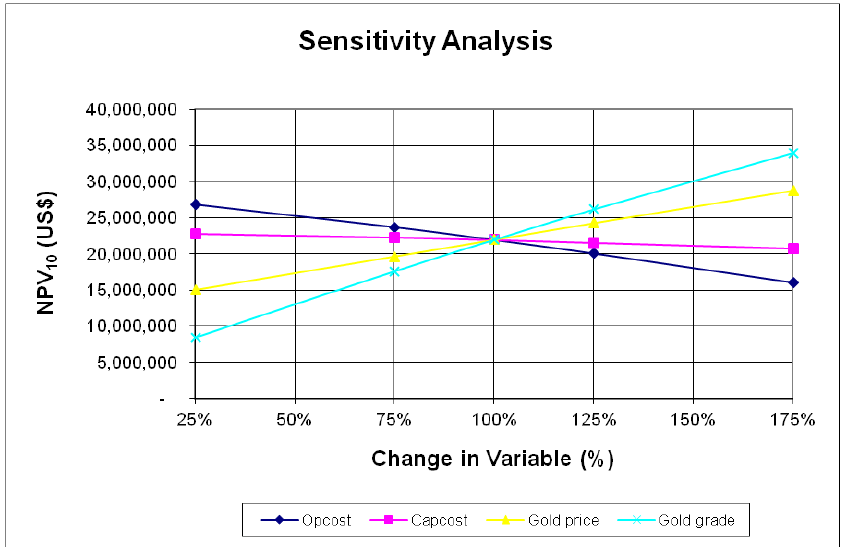

Arguably, to make progress in our understanding of the functioning of ecological networks we need an integrated evaluation of both purely topological attributes, which depend strongly on local community structure, and species’ biological attributes. Fewer advances have been made towards understanding how stability of mutualistic networks is influenced by more inherent biological attributes related to functional traits, such as life cycle, body size, life form, invasiveness or phenology 6, 7, 8. In the same vein, losing species that contribute more to nestedness in mutualistic networks leads to stronger impacts on community integrity 4, while losing peripheral species (those with few connections within and between modules) in modular networks exerts only weak effects at the community level 5. For example, the loss of species with many connections to other species often impacts communities more strongly than the loss of species with few connections 1, 2, 3. Of course, not all species contribute equally to maintaining community stability: species with particular topological attributes, such as high connectivity, are particularly important in this sense. These pressures could be of particular concern when they threaten plant–pollinator systems, as these mutualistic interactions are essential for the functioning of ecosystems, both natural and agricultural.Įcological communities can be depicted as networks of interacting species, in which adverse effects exerted on one species could in principle cascade on many other species, with consequences for community structure and dynamics. For example, shifts in temperature and precipitation, land use change, soil impoverishment, pollution, species loss, biological invasions and habitat loss severely affect global biodiversity. Many types of ecological systems are threatened by environmental pressures.

Our findings suggest that seasonality of climatic events and anthropic impacts such as the release of pollutants is critical for the future integrity of terrestrial biodiversity.

Pollinator persistence was especially sensitive to decreased visitation rates and increased larval mortality of specialists. Plant species persistence was most sensitive to increased larval mortality of pollinators that start earlier or finish later in the season. We found that phenological attributes are strong determinants of network robustness, a result consistent across the networks studied. To test this, we combined dynamic modeling, computer simulation and analysis of data from 12 plant–pollinator networks with detailed information of topology of interactions as well as species’ phenology of plant flowering and pollinator emergence. We hypothesized that species’ phenological attributes are at least as important as degree as determinants of network robustness. Previous studies considering such robustness have focused mostly on species’ connectivity properties, particularly their degree. Plant–pollinator systems are essential for ecosystem functioning, which calls for an understanding of the determinants of their robustness to environmental threats.


 0 kommentar(er)
0 kommentar(er)
